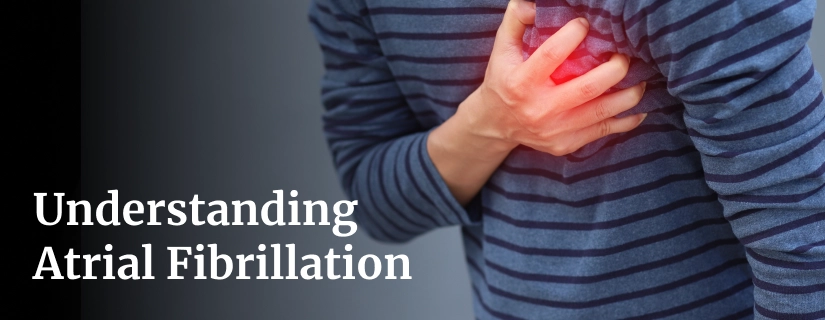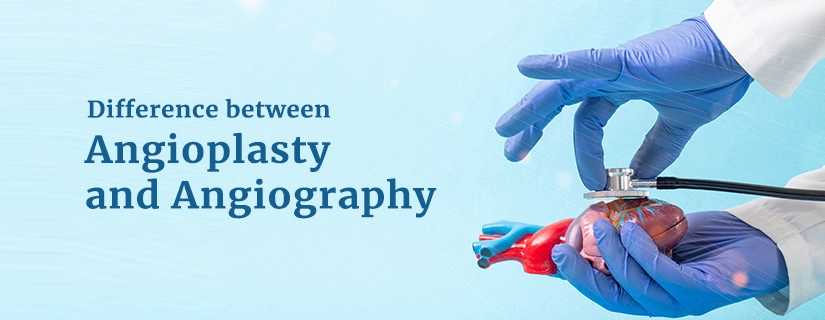-
Doctors
-
Specialities & Treatments
Centre of Excellence
Specialties
Treatments and Procedures
Hospitals & Directions HyderabadCARE Hospitals, Banjara Hills CARE Outpatient Centre, Banjara Hills CARE Hospitals, HITEC City CARE Hospitals, Nampally Gurunanak CARE Hospitals, Musheerabad CARE Hospitals Outpatient Centre, HITEC City CARE Hospitals, Malakpet
HyderabadCARE Hospitals, Banjara Hills CARE Outpatient Centre, Banjara Hills CARE Hospitals, HITEC City CARE Hospitals, Nampally Gurunanak CARE Hospitals, Musheerabad CARE Hospitals Outpatient Centre, HITEC City CARE Hospitals, Malakpet Raipur
Raipur
 Bhubaneswar
Bhubaneswar Visakhapatnam
Visakhapatnam
 Nagpur
Nagpur
 Indore
Indore
 Chh. Sambhajinagar
Chh. SambhajinagarClinics & Medical Centers
Book an AppointmentContact Us
Online Lab Reports
Book an Appointment
Consult Super-Specialist Doctors at CARE Hospitals
Transcatheter Aortic Valve Replacement (TAVR) - Indications & Benefits
Updated on 4 May 2023
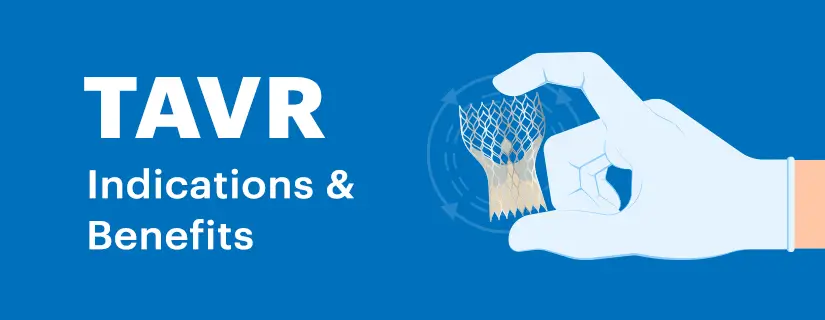
TAVR (Transcatheter Aortic Valve Replacement) or Transcatheter Aortic Valve Implantation (TAVI) is a minimally invasive surgical treatment involving the replacement of the thickened & partially functioning aortic valve through the blood vessels of the heart.
The procedure is done to reduce the symptoms in patients suffering from aortic valve stenosis. It is a kind of heart valve disease in which the valve between the lower left heart chamber and the aorta becomes narrow mostly due to calcium build-up.
TAVR may not be an option for everyone. Some patients may require open heart surgery to treat aortic valve stenosis. However, some patients may be at risk of complications from open heart surgery, and therefore TAVR may be a better option for them. The decision to treat aortic valve stenosis through surgical aortic valve replacement (open-heart surgery) or TAVR is taken by doctors after a full evaluation of the patient's condition.
Transcatheter Aortic Valve Replacement (TAVR) Indications
As mentioned earlier, TAVR is not indicated in all patients. The procedure is carried out by doctors only after a thorough evaluation and risk factor analysis. Here are a few indications for TAVR:
- Patients who have severe aortic stenosis and are at high risk for Surgical Aortic Valve Replacement (SAVR) or open heart surgery.
- Patients with severe aortic stenosis with a life expectancy of less than a year. It is done to improve their quality of life and increase their life expectancy after careful consideration of their comorbidities by a multidisciplinary heart team.
- Patients with symptomatic aortic stenosis who may be suitable for surgery but in whom TAVR is favoured by the heart team as a reasonable alternative surgery because of its minimally invasive approach.
The procedure shall only be undertaken in a hospital that has an on-site cardiac surgery department with a multidisciplinary heart team available.
Transcatheter Aortic Valve Replacement (TAVR) Benefits
TAVR is a minimally invasive surgery and its benefits include:
Less invasive than SAVR open heart surgery:
Minimally invasive surgeries are usually preferred in many cases as they cause less trauma to the patient's body. Open heart surgery requires the heart surgeon to make a ten-inch-long incision through the entire chest wall. On the contrary, a TAVR procedure includes a long catheter to be guided into an artery through openings in the ribs or near the groin.
Smaller Scar compared to Surgical Aortic Valve Replacement (SAVR) or open heart surgery:
As mentioned earlier, TAVR causes less trauma to the muscles. Since a catheter is inserted into the body, only a very small incision is made as compared to the 10-inch long incision in case of open heart surgery. This causes a way smaller scar post-surgery and also makes breathing more comfortable after the procedure compared to open heart surgery.
Faster Recovery Time:
The lesser the trauma to the muscles, the faster the recovery time. The patients also feel less pain post the procedure as compared to SAVR due to smaller cuts. This means they don't need pain medications for a longer time and can recover more quickly and resume daily activities earlier as compared to SAVR.
Shorter Hospital Stays:
Quicker recovery means shorter hospital stays. This is a great advantage for many patients, as longer hospital stays can be exhausting and overwhelming for people and their loved ones.
Lower Risk of Complications:
Although TAVR is not a completely risk-free procedure, it does carry a lower risk of bleeding and infection as compared to SAVR. In addition, TAVR does not require the patient's heart to be stopped and put on the cardiopulmonary bypass machine during surgery which can be risky.
Improve Quality of Life:
TAVR can help patients with aortic stenosis to extend their life expectancy and improve their quality of life without going through open-heart surgery.
Although TAVR is considered a safer option than open-heart surgery, it does carry risks, and not everyone can be a candidate for TAVR.
Hence, a multidisciplinary heart team carefully evaluates individuals before recommending TAVR as a treatment for severe and symptomatic aortic stenosis. You should always consult the top heart surgeons and visit the best heart hospital

ENQUIRY FORM
SELECT CATEGORIES
-
Neurosciences (16)
-
Neurology (37)
-
Neurosurgery (14)
-
Orthopaedics (48)
-
Oncology (33)
-
Obstetrics and gynecology (51)
-
Pulmonology (23)
-
Urology (20)
-
Nephrology (13)
-
Psychiatry (7)
-
Dietetics and Nutrition (111)
-
General Medicine (63)
-
Cardiac Sciences (30)
-
Vascular & Endovascular Surgery and Interventional Radiology (10)
-
Gastroenterology (46)
-
Endocrinology (23)
-
Plastic Surgery (10)
-
Critical Care Medicine (5)
-
COVID-19 (16)
-
Dermatology (16)
-
Emergency Care (1)
-
Ophthalmology (4)
-
Pediatrics (14)
-
Laparoscopic and Bariatric Surgery (8)
-
ENT (15)
-
Kidney Transplant (1)
-
Liver Transplantation and Hepatobiliary Surgery (5)
-
General Surgery (3)
-
Internal Medicine (5)
-
Medicine Information
Do You Know Weight Loss Can Actually Help you Prevent Heart Attack?
How to Prevent a Heart Attack: 5 Things You Can Do
YOU MAY ALSO LIKE
RECENT BLOGS
-
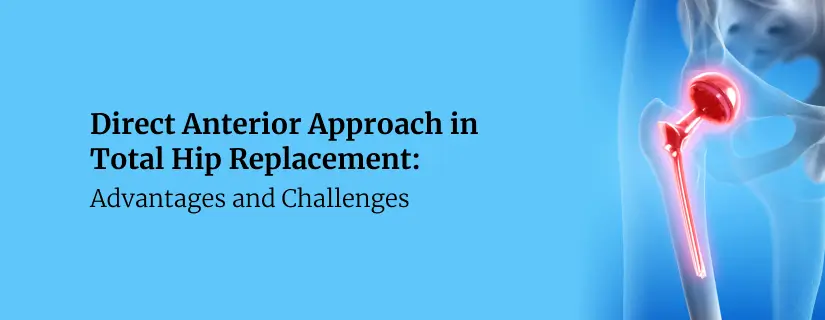
Direct Anterior Approach in Total Hip Replacement: Advantages and Challenges
10 April 2025
Read More
-
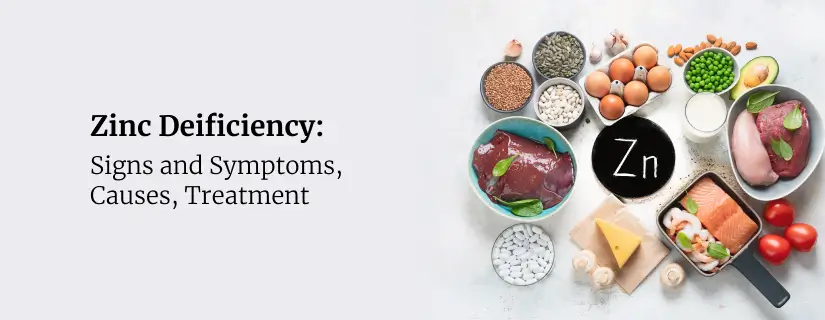
Zinc Deficiency: Signs and Symptoms, Causes, Treatment
9 April 2025
Read More
-

Chest Pain When Coughing: Causes, Treatment and Home Remedies
9 April 2025
Read More
-

12 Health Benefits of Eating Mushrooms
8 April 2025
Read More
-

7 Health Benefits of Blood Donation You Should Know About
8 April 2025
Read More
-

Implantation Bleeding Vs Periods: Know the Difference
28 February 2025
Read More
-

Bloating During Ovulation: Symptoms, Causes and Remedies
28 February 2025
Read More
-

Itching During Dengue: Causes, Treatment and Home Remedies
18 February 2025
Read More
Have a Question?
If you cannot find answers to your queries, please fill out the enquiry form or call the number below. We will contact you shortly.





















